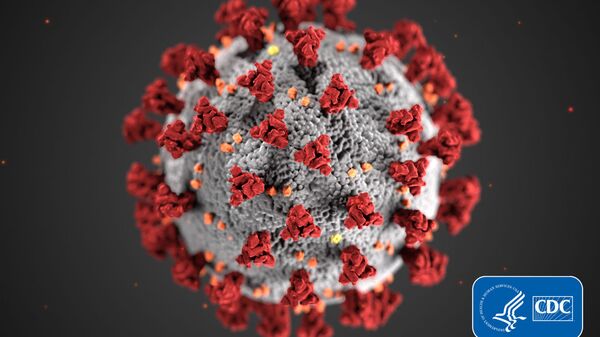The strain, called D614G, has been detected in India, the Philippines and Malaysia, according to Malaysian Director General of Health Noor Hisham Abdullah, who shared an update on the strain in a Facebook post.
“Latest recent results received from the Laboratory Medical Research Institute (IMR): as suspected D614G type mutation has been spotted from COVID-19 virus isolation tests for three (3) cases from Cluster PUI Sivaganga (close contact to index case) and also a case from Cluster Ulu Tiram (i.e. individual from the Philippines),” Abdullah wrote in the post. Sivaganga is a town in India, while Ulu Tiram is a town in Malaysia.
“So, this means that people need to be aware and be more careful because the COVID-19 virus with this D614G mutation has been proven to be detected in Malaysia. It's found 10 times easier to infect other individuals and spread easily if spread by the individual 'super spreader,’” Abdullah’s statement adds.
The strain is the predominant variant in Europe and the US and has been detected in some recent outbreaks in China, according to Bloomberg.
Despite Abdullah’s assertion that the mutation is more infectious than other strains, there is no epidemiological evidence that that is the case, according to Benjamin Cowling, head of epidemiology and biostatistics at the University of Hong Kong.
“It’s more commonly identified now than it was in the past, which suggests that it might have some kind of competitive advantage over other strains of COVID-19,” Cowling told Bloomberg.
According to the outlet, the strain was identified in a Malaysian cluster of 45 cases that arose after an infected man returned from India and didn’t quarantine for 14 days, as is required. He had tested negative when he arrived in Malaysia and has since been fined and sentenced to five months in prison for breaching quarantine guidelines. The strain was detected in the Philippines from random COVID-19 samples.
D614G “is said to have a higher possibility of transmission or infectiousness, but we still don’t have enough solid evidence to say that that will happen,” Philippine Health Undersecretary Maria Rosario Vergeire said in a virtual meeting Monday, Bloomberg reported.
The latest data by Worldometer shows that more than 9,000 cases of the novel coronavirus have been reported in Malaysia, and 125 people have died as a result. In the Philippines, more than 164,000 cases of the virus have been confirmed, and almost 2,700 people have died.
An analysis by Bloomberg reveals that cases in some Southeast Asian countries have surged in recent weeks. Malaysia reported 26 new cases on Saturday, its highest number since July 28, while cases in the Philippines have increased by 76% since the end of July.



